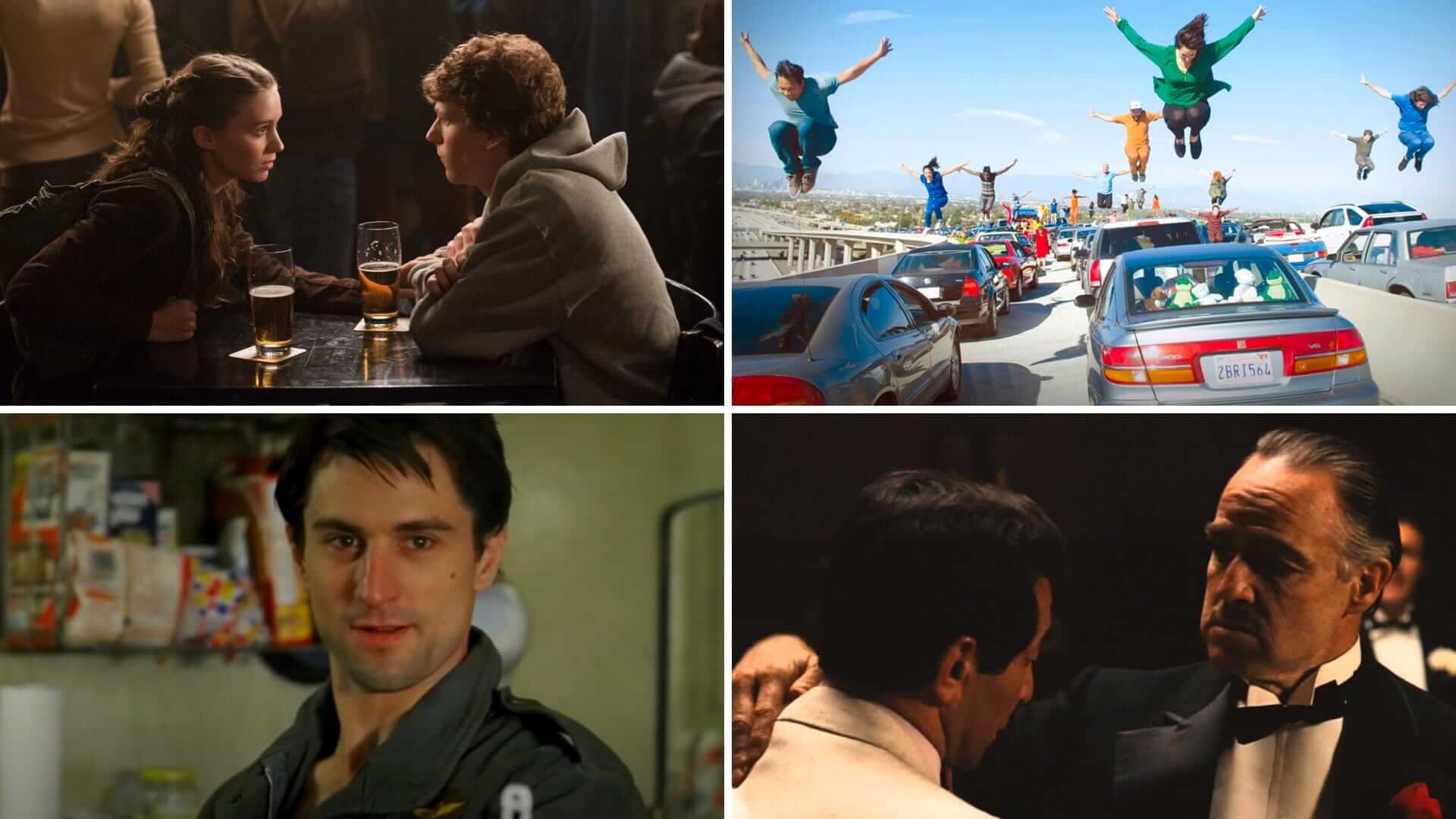Scenes are the basic building blocks of a film. From classic blockbusters to indie flicks, the structure and purpose of each scene remain crucial in conveying a compelling and satisfying cinematic experience to the viewer.
So, what are scenes and what is their importance in creating an immersive, captivating film? In this blog post, we’ll explore what a scene is and its role in the storytelling process of a film.
Watch: Anatomy of a Great Scene
What are Scenes in Film and TV?
First, let’s define scene
Understanding the unique characteristics of a scene is essential in any aspiring filmmaker's toolbox, covering elements like pace, tension, dialogue, and character development.
Before we dive into how a scene does this, let's define scene.
SCENE DEFINITION
What is a scene in film?
A scene in film refers to a complete unit of storytelling, usually consisting of a sequence of events and dialogue taking place in a specific location and time. It often involves one or more characters and is usually shot in one continuous take or comprised of a sequence of shots. Scenes are the building blocks of a movie's narrative structure and serve to advance the plot, develop characters, and evoke emotion in the audience. They are essential for the overall pacing and flow of the film, and their successful execution can greatly contribute to a movie's success.
What is the purpose of a scene in film?
- Advancing the plot
- Developing characters
- Creating a pace
- Setting the tone
What are Scenes Made Up Of?
What makes up a scene?
Scenes are an absolutely integral component of a film. Composed of a sequence of events unfolding in a specific time and location, these self-contained segments we call scenes combine to create a larger narrative, each piece of the puzzle essential to the overall story.
Scenes provide a framework for the story to unfold, piece by piece, building towards a satisfying and logical conclusion. There are several components that define a scene in film, and they include:
Setting
The setting is an essential component of a scene in film, as it provides the physical space where the action takes place. The location of a scene can affect the mood, tone, and meaning of the scene, and its surroundings can influence the way characters interact with one another. Setting for a scene is typically established through an establishing shot.
Setting a scene • Subscribe on YouTube
Time
Time is a crucial element in defining what a scene is in film, as it establishes the narrative timeline of the story. Scenes that take place in different moments of time help shape the story and reveal its complexities. The duration of each scene also influences pacing and rhythm, allowing directors to control the flow and intensity of the film.
Characters
Characters are the heart of a scene, as they are the vehicles driving the story forward. Their interactions, dialogue, and actions all contribute to the overall meaning and impact of a scene. Understanding the nuances of character development is essential in crafting a compelling and authentic scene that resonates with the audience.
Related Posts
Dialogue
Dialogue is critical in developing character relationships, building tension, and providing exposition. The words spoken by the characters reveal information about their personalities, motivations, and feelings, and they can also shape the audience's perspectives and reactions to the story.
Sometimes, this dialogue is given to the audience through subtext. This creates an engaging dialogue that involves the audience’s participation and moves us through a scene.
The Secret to Writing What's Under the Surface • Subscribe on YouTube
Related Posts
Action
Action involves the physical movements and activities of the characters, and it can be used to create tension, excitement, or drama in the scene. Action can be anything from a simple gesture to a complex fight sequence, depending on the film's genre and style.
For example, in one of the best action movies John Wick, the fighting sequences and how they resolve move use from scene to scene and through the story. Check out this video in which we dive deeper into how to write fight sequences in your scenes.
How to Write Fight Scenes like John Wick • Subscribe on YouTube
Mood
The mood is the emotional tone of the scene and is influenced by elements such as lighting, sound, and camera movement. Mood is how a scene feels, and it can determine how the audience reacts to the story emotionally
Scenes are the building blocks of a movie's narrative structure, and their effective execution can greatly contribute to a film's success. Every scene serves a specific purpose in driving the story forward, whether it's advancing the plot, developing the characters, creating tension, setting the tone, or providing emotional impact.
By understanding the unique characteristics of each scene, from the setting and characters to the dialogue, action, mood, and time, filmmakers can create a cohesive and engaging story that captivates and resonates with the audience. So, whether you're creating an action-packed blockbuster or an intimate character study, understanding the importance of scenes is essential for crafting a story that truly resonates with your viewers.
Related Posts
Up Next
A Guide to Screenplay Structure
Now that you understand what a scene is, its important to understand how scenes are structured to create a compelling screenplay. In our next article, we dive into a few examples of screenplay structure so you can see how scenes fit into the larger picture.
